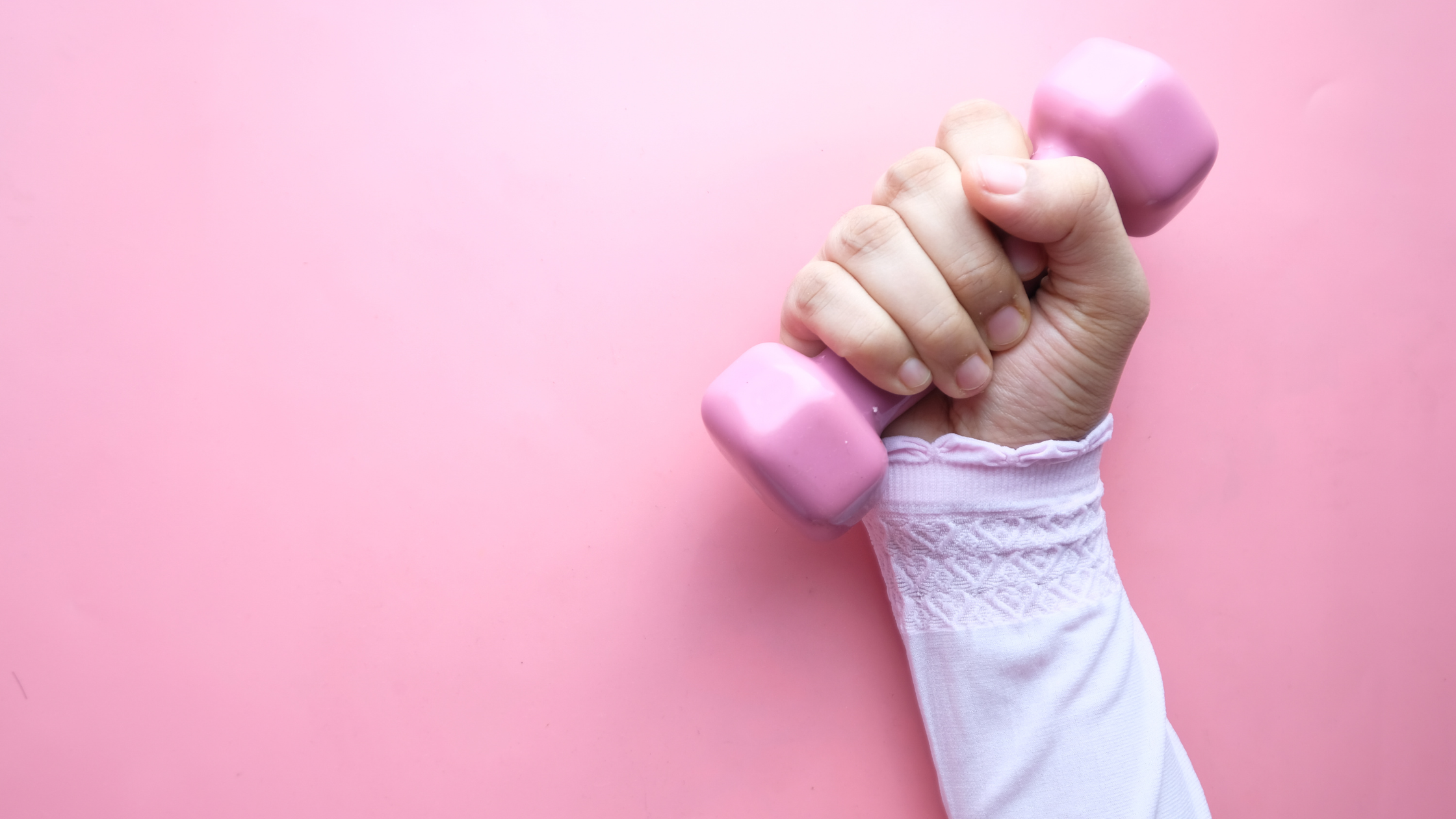The Short Story
- According to a study published in the International Urogynecology Journal, pelvic exercises were found to be effective in reducing symptoms of incontinence in up to 85% of women.
- Another study published in the Journal of the American Medical Association found that mindfulness practices were effective in treating symptoms of incontinence in up to 66% of women.
- Strengthen your pelvic muscles with Kegel exercises to improve bladder control and reduce symptoms of incontinence.
- Establish a bathroom routine and try exercises like Pilates and yoga to improve overall body awareness and reduce symptoms of incontinence.
The Deep Dive
Are you tired of those unexpected urges and occasional leaks? A strong bladder is essential for maintaining good urinary health, but it’s often overlooked until issues arise. So let’s talk about bladder control. Did you know that many of us will experience some form of incontinence at some point in our lives? While many associate the loss of bladder control with old age, it’s not exclusively tied to aging. Stress Incontinence and an overactive bladder can manifest at any age, including in your 20s and 30s, though it is more prevalent in women over 50. Various factors such as lifestyle habits (excessive caffeine or alcohol consumption), health issues (urinary tract infections, hormonal changes, pregnancy and childbirth, repetitive heavy lifting), constipation, chronic cough, or certain medications can trigger incontinence.
What measures can be taken to avoid this discomfort? Let’s delve into some strategies for proactive pelvic health management.
Pelvic Exercises:
- Pelvic exercises, specifically Kegel exercises, are a transformative solution for bladder control.
- According to the International Urogynecology Journal, these exercises effectively reduced incontinence symptoms in up to 85% of women.
- The National Institutes of Health supports this, reporting that pelvic floor exercises can cut incontinence by up to 50%.
- Contracting and relaxing these muscles not only strengthen them but also enhance overall bladder control.
- You may have to do pelvic floor exercises for 3 months before you see the benefit.
Mindfulness for the Mind and Bladder:
- Mindfulness practices present an unexpected remedy for incontinence.
- A study in the Journal of the American Medical Association found that mindfulness practices were effective in treating symptoms in up to 66% of women.
- Stress and anxiety can exacerbate incontinence, deep breathing and meditation, can help you relax and reduce the likelihood of an accident
Bathroom Routine and Exercise Fusion:
- Establishing a consistent bathroom routine is a fundamental step in improving bladder control. This routine heightens awareness of the body’s signals, minimizing the likelihood of untimely accidents.
- If your usual bathroom routine involves going for a wee every hour, try extending the intervals gradually. Begin by waiting for an hour and 15 minutes, and progressively increase the time between toilet visits until you can comfortably wait 2 to 4 hours between peeing.
- Consider supplementing your routine with exercises like Pilates and yoga, focusing on core strength and overall body awareness to further reduce symptoms of incontinence.
- Try a pelvic floor guided program online, on-demand, and in the comfort of your own home, led by expertly trained Women’s Health Physical Therapists
Stay Hydrated, but Smartly:
- Drinking sufficient water is crucial for bladder health. The recommended guide being 6-8 glasses of water per day for most adults.
- Try to minimize or eliminate your intake of bladder irritants such as caffeine, sodas, alcohol, and artificial sweeteners.
Maintain a Healthy Weight:
- Extra weight can exert pressure, because of the pressure of fatty tissue on your bladder.Maintaining a healthy weight can improve bladder control.
There are many approaches that can help you avoid incontinence. By incorporating pelvic exercises, mindfulness, bathroom training, Pilates, and yoga into your routine, you may be able to improve your bladder control and reduce symptoms of incontinence.To learn more listen in to Dr. Lauryn Beecher and her keys takeaways on incontinence.
Remember, it’s always a good idea to consult a healthcare professional before starting any new exercise or treatment regimen.
Sources:
- Urinary incontinence, Mayo Clinic
- 10 ways to stop leaks, NHS
- Urinary Incontinence: Kegel Exercises for Pelvic Muscles
- What is Stress Urinary Incontinence (SUI)?
- Continence and Quality-of-Life Outcomes 6 Months Following an Intensive Pelvic-Floor Muscle Exercise Program for Female Stress Urinary Incontinence: A Randomized Trial Comparing Low- and High-Frequency Maintenance Exercise Diane F Borello-France, Patricia A Downey, Halina M Zyczynski, Christine R Rause
Disclaimer: Pelvic issues are serious conditions and should be treated accordingly. Peli Health’s attempt at making the tone funny is to lighten the mood and help the reader feel more relaxed when reading about this subject. We are not medical doctors. We do not diagnose illness. The information on this site is provided for educational and informational purposes only and is not intended or implied to be a substitute for professional medical advice, diagnosis, or treatment. nor does it constitute providing medical advice or professional services. Always seek the advice of your doctor or other qualified health provider regarding a medical condition


